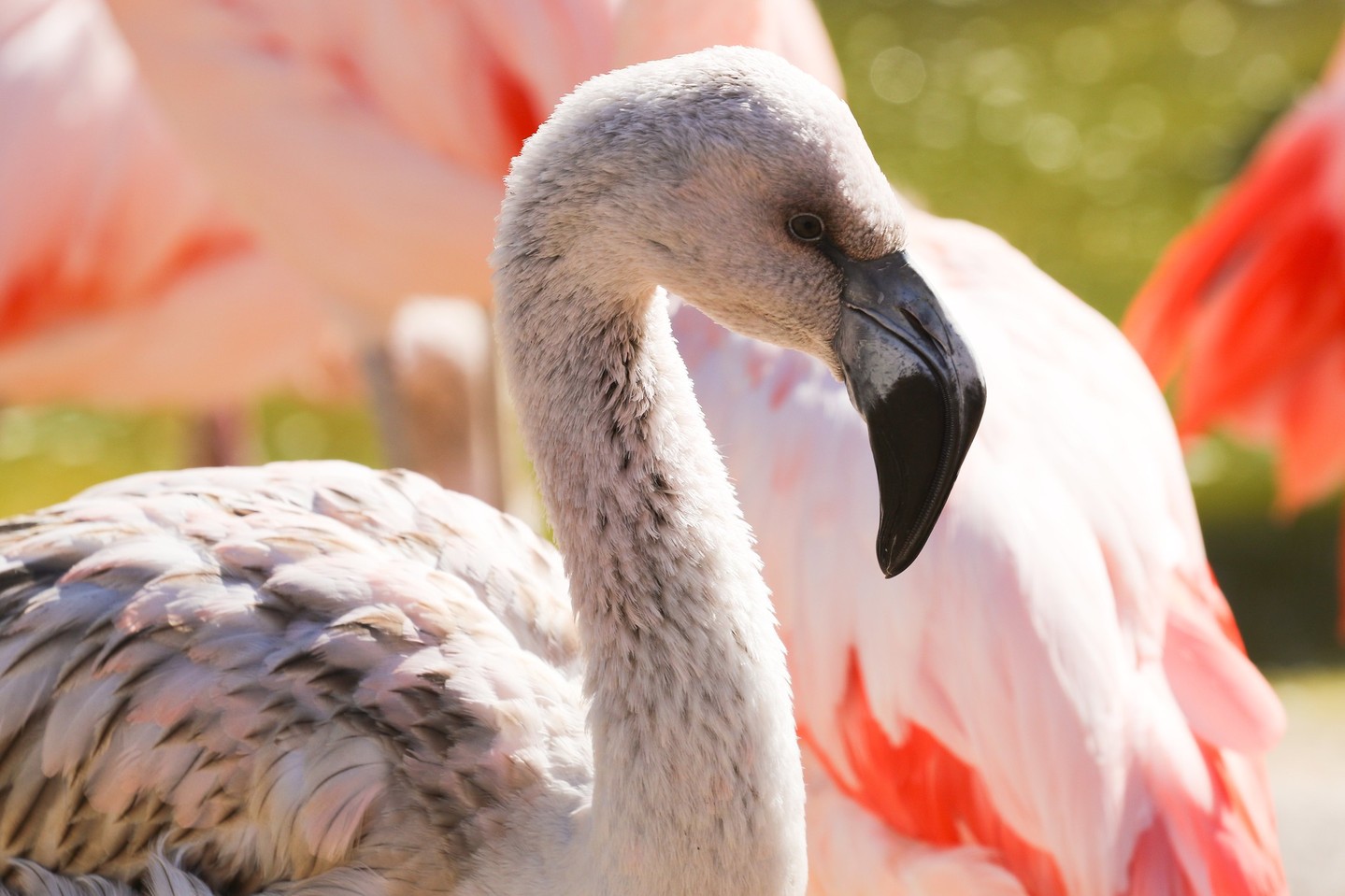- Understanding the significance of International Flamingo Awareness Day and its role in conservation.
- Exploring the six species of flamingos, with a focus on Chilean Flamingos and their unique adaptations.
- Examining flamingo habitats and the challenges they face in modern ecosystems.
- Insights into the conservation efforts required to protect flamingos and their natural environments.
- The role of zoos, such as Tracy Aviary, in educating the public and supporting flamingo conservation.
International Flamingo Awareness Day shines a spotlight on the vibrant world of flamingos and highlights the critical conservation endeavors crucial for their survival. This day serves not only to celebrate these iconic birds but also to bring attention to the challenges they face. With six different species, flamingos have captivated the imagination with their striking colors and unique behaviors, making them a key focal point in avian conservation.
Flamingos are distributed across various regions, each species adapted to distinct environments. Among them, the Chilean Flamingos are particularly fascinating. Unlike their tropical cousins, these birds are naturally equipped to withstand the cold, high-altitude terrains of the Andes Mountains. They exhibit physiological adaptations such as specialized blood that allows for efficient oxygen transport in thin atmospheric conditions. This enables them to thrive in areas that would challenge other species.
The habitats of flamingos vary considerably, from the alkaline and saline lakes of Africa and the Americas to coastal regions and inland wetlands. These ecosystems are delicate and face increasing threats from human activities. Pollution, habitat destruction, and climate change are significant challenges. These pressures can reduce the availability of critical resources such as food and nesting sites, impacting flamingo populations over time.
Conservation efforts are paramount to counteract the threats faced by flamingos. Protecting natural habitats is a fundamental strategy. This involves mitigating pollution and regulating human activities in critical areas. Restoration projects aim to rehabilitate degraded wetlands, providing safe havens for flamingos. International cooperation is also essential, as many flamingo species migrate across borders.
Zoos and aviaries play a vital role in conservation and public education. Facilities like Tracy Aviary offer a glimpse into the lives of these fascinating birds while actively participating in breeding programs and research initiatives. By fostering connections with visitors, zoos raise awareness about the urgent need to protect flamingos and their habitats.
Effective conservation requires a blend of scientific research, policy advocacy, and community engagement. By understanding the intricate dynamics of flamingo ecosystems, scientists can develop targeted management strategies that promote sustainability. Public support and awareness are equally crucial, as they drive funding and policy changes necessary for successful wildlife conservation.
International Flamingo Awareness Day is a call to action. It urges us to appreciate the beauty of flamingos while recognizing the responsibility we hold in protecting their future. With continued efforts and collaboration, we can ensure that these remarkable birds continue to grace the skies and landscapes around the world.
*****
Source Description
Today is International Flamingo Awareness Day! Today celebrates and brings awareness for the conservation of flamingos and their natural habitats. Did you know there are six different species of flamingos? The ones you’ll find at Tracy Aviary are Chilean Flamingos, known for their ability to thrive in colder environments. Unlike their tropical cousins, they’re naturally suited to the chilly, high-altitude regions of the Andes Mountains.


